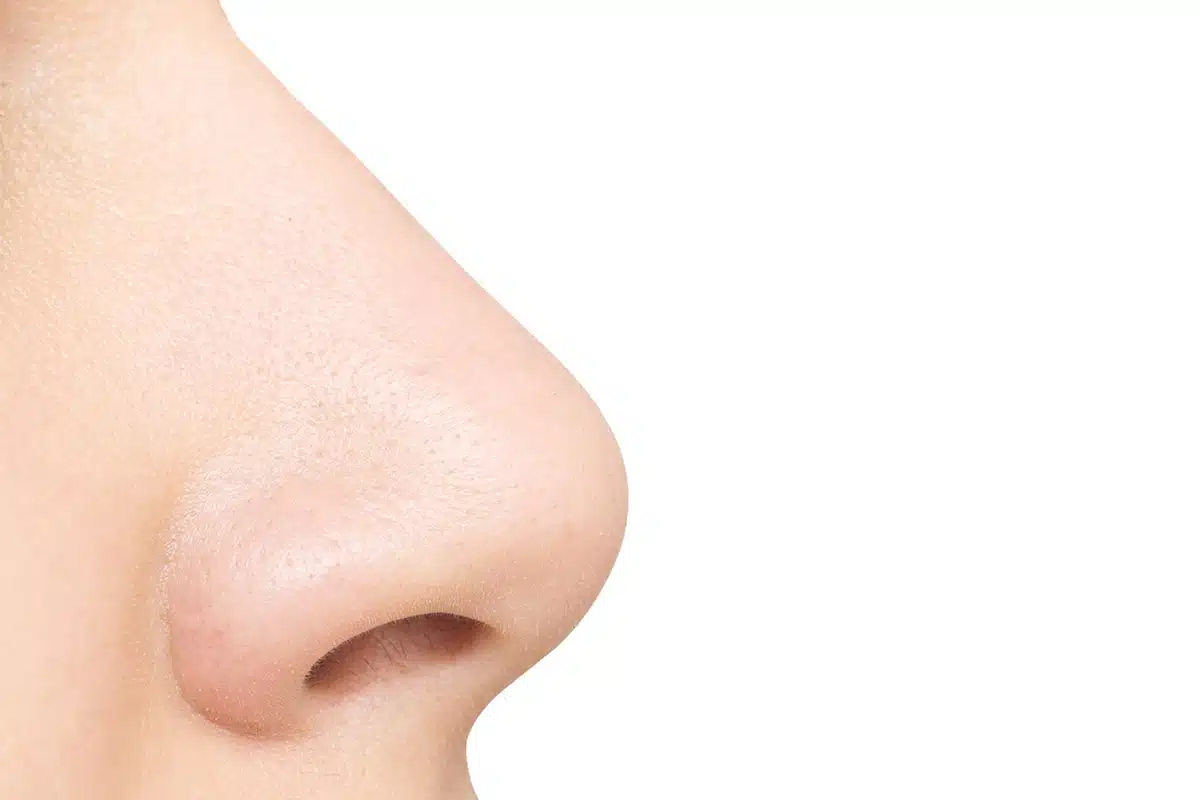Ever wondered what happens after your nose job? Rhinoplasty is one of the most transformative plastic surgery procedures, but recovery plays a huge role in achieving the best results. One key part of that recovery? Nasal splints.
These small devices might not get much attention, but they’re essential to healing. Understanding their role—and what to expect when it’s time to remove them—can make your rhinoplasty journey smoother and far less intimidating.

What Are Nasal Splints and Why Are They Used?
Nasal splints are medical devices placed inside or outside the nose following rhinoplasty or septoplasty. Their primary function is to stabilize the nasal structure during the initial healing phase. Internal splints help maintain the corrected position of the septum and minimize bleeding, while external splints protect the nose from accidental bumps and reduce swelling. Together, they play a vital role in ensuring the surgical results hold and recovery stays on track.
How Long Do Nasal Splints Stay in Place After Rhinoplasty?
External nasal splints are usually worn for about a week following rhinoplasty, particularly when the procedure involves an infracture—or the controlled breaking and repositioning of nasal bones. These splints help hold the bones in place during early healing, providing stability and protecting the new nasal structure from accidental trauma or movement.
Internal nasal splints, often made from silastic material, are commonly used in septoplasty or combined rhinoplasty-septoplasty procedures. These are typically left in place for 2 to 3 weeks to support the internal nasal passages and ensure the septum heals correctly. Your surgeon will tailor the timeline for splint removal based on your specific procedure and healing progress.
SPECIALIST CARE YOU CAN TRUST
You can trust the entire staff to help make your visit as comfortable and safe as possible!
Does Removing Nasal Splints Hurt?
When it’s time to remove your nasal splints, you can expect a quick and straightforward process performed by your surgeon. External splints are usually gently peeled away with minimal discomfort. Internal splint removal, while slightly more involved, is typically over in just a few moments. Patients often report sensations of pressure or a tugging feeling rather than sharp pain during removal.
Although the removal of internal nasal splints can be mildly uncomfortable or even momentarily painful, most patients tolerate it well without the need for anesthesia. It’s important to remember that this step is a necessary part of achieving the best possible surgical outcome. With an experienced surgeon, the process is handled delicately and efficiently, helping ensure your recovery continues smoothly.
Tips for a Smooth Recovery After Nasal Splint Removal
After your nasal splints are removed, following a few simple care guidelines can significantly enhance your healing process. Gentle nasal hygiene is crucial—use saline sprays or rinses as directed by your surgeon to keep the nasal passages clean and moist. This helps prevent crusting and supports healthy tissue regeneration. Avoid blowing your nose forcefully, as this could disrupt healing tissues.
Swelling is a normal part of recovery, but you can minimize it by keeping your head elevated, applying cold compresses as advised, and staying well-hydrated. Refrain from strenuous physical activities, bending over, or wearing glasses that rest on your nose until cleared by your surgeon. Following these precautions will help maintain your results and ensure a smooth, complication-free recovery.
Before and After Photos


* Each patient is unique and individual results may vary.
Choosing The Best Plastic Surgeon for Your Rhinoplasty
Rhinoplasty is a delicate and complex procedure that demands an experienced and highly skilled surgeon. Choosing the right plastic surgeon ensures not only the best aesthetic results but also the safest recovery experience. From initial consultation to splint removal and beyond, expert care makes all the difference.
At Aesthetic Surgical Images in Omaha, NE, our team of four board-certified plastic surgeons brings together decades of experience and complementary skills to deliver consistently excellent outcomes. Each surgeon is ACLS-certified and dedicated to the highest standards of patient safety and care. When it comes to rhinoplasty, you’re in expert hands. Call us at 402-390-0100 or visit our contact page to schedule a consultation today.
